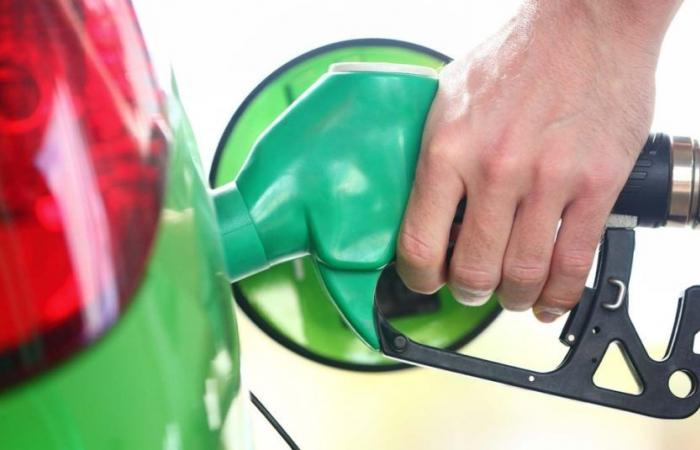The cheap ethanol spree is coming to an end, a bonus for plants that lived with a historically high level of inventory in the 2023/24 harvest (completed at the beginning of the year), depending on the sugar boom to make money.
After a long winter, the rebalancing of the balance between supply and demand began to affect ethanol prices, BTG Pactual showed in a report sent to clients last week.
In the last 30 days, prices for hydrated ethanol (that which directly fuels vehicles) rose 11% at the refinery, according to a price survey by Cepea, the study center linked to Esalq/USP.
“Ethanol prices could rise another 14% in the coming weeks”, projected BTG, in a nine-page report signed by Thiago Duarte, Henrique Brustolin, Pedro Soares and Henrique Pérez.
For analysts, the scenario is yet another reason to justify the purchase of shares in companies such as Raízen, Jalles Machado, São Martinho and Adecoagro.
“The combination of firm sugar prices with growing demand for ethanol bodes well for profit growth in the 2024/25 harvest,” pointed out BTG analysts.
Why ethanol will rise
In theory, the appreciation of ethanol could be even greater, reaching 32%. This would occur if Petrobras readjusted gasoline to a level close to international parity, which is always unknown given the political repercussions.
Even without Petrobras’ help, ethanol is heading towards a reversal of scenario, leaving the oversupply that marked the last harvest for an environment of insufficient supply in the 2024/25 season, which has just begun.
In São Paulo, the largest consumer market, hydrated ethanol prices remained for more than eight months below 70% of the price of gasoline, the threshold that usually determines whether it is worth more to fill up with biofuel or the fossil-based alternative. At times, ethanol was equivalent to 60% of gasoline, quite an incentive for the consumer.
From November to now, consumer demand began to react, helping to normalize ethanol stocks, especially when compared to demand. After reaching a historic peak of 11.2 billion liters in November, ethanol stocks have been falling (also helped by the off-season).
As a result, the share of ethanol in Otto cycle vehicles recovered, rising from 36.1% in March 2023 to 44% in February this year, BTG analysts showed. And as it still remains competitive compared to gasoline, the tendency is for the level of consumption to continue accelerating.
End of oversupply
At this juncture, it is quite likely that the surplus of ethanol that existed on the market is already in the process of being completely wiped out.
In BTG’s reading, the recovery in demand brought annualized ethanol consumption in Brazil to 32.5 billion liters, above the 30 billion liters that will be produced in the 2024/25 harvest.
In other words, the oversupply will remain in the past, especially because the lower availability of sugarcane reduces the production potential in this cycle. Furthermore, most mills are increasing their use of cane for sugar production, taking advantage of the boom in sweetener prices.
Given this, the only way to increase the supply of ethanol is in the corn ethanol industries, but this capacity is limited. Even considering a 20% increase in the supply of biofuel made from corn, the total supply (31 billion liters) would still be very close to the demand (30 billion liters).






